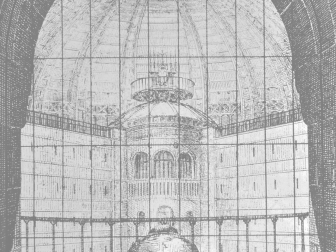
Buttons figure large in the world around us. Just in the last year we’ve seen everything from presidents boasting about the size of their nuclear buttons to Apple being faced with a class action over the failure of their new ‘improved’ butterfly keys to Amazon’s Dash buttons being barred in Germany for not providing information about price prior to being pressed. In archaeology, we’ve become accustomed to buttons and button-presses generating data, performing analyses, and presenting results, ranging across the digital instruments we employ and the software tools we rely on. So, to pick a random example, “researchers will be able to compare ceramics across thousands of sites with a click of the button.” (Smith et al 2014, 245).
Rachel Plotnick has recently discussed the place of buttons in our cultural imaginary:
… push a button and something magical begins. A sound erupts that seems never to have existed before. A bomb explodes. A vote registers. A machine animates, whirling and processing. A trivial touch of the finger sets these forces in motion. The user is all powerful, sending the signal that turns on a television, a mobile phone, a microwave. She makes everything go. Whether or not she understands how the machine works, she determines the fate of the universe. (Plotnick 2018, xiv).









 Recent years have seen a flurry of publications and statements concerning the importance and value of the open science movement in archaeology. Examples include the collection of papers published in 2012 in World Archaeology (see Lake 2012), the volume on Open Source Archaeology edited by Andrew Wilson and Ben Edwards (2015), and, most recently, a series of papers by Ben Marwick (2016; Marwick et al 2017). The idea that publications, data, and methods (including code) should be freely accessible in order to make archaeological research more reproducible is evidently a ‘good thing’ and very much in vogue.
Recent years have seen a flurry of publications and statements concerning the importance and value of the open science movement in archaeology. Examples include the collection of papers published in 2012 in World Archaeology (see Lake 2012), the volume on Open Source Archaeology edited by Andrew Wilson and Ben Edwards (2015), and, most recently, a series of papers by Ben Marwick (2016; Marwick et al 2017). The idea that publications, data, and methods (including code) should be freely accessible in order to make archaeological research more reproducible is evidently a ‘good thing’ and very much in vogue.